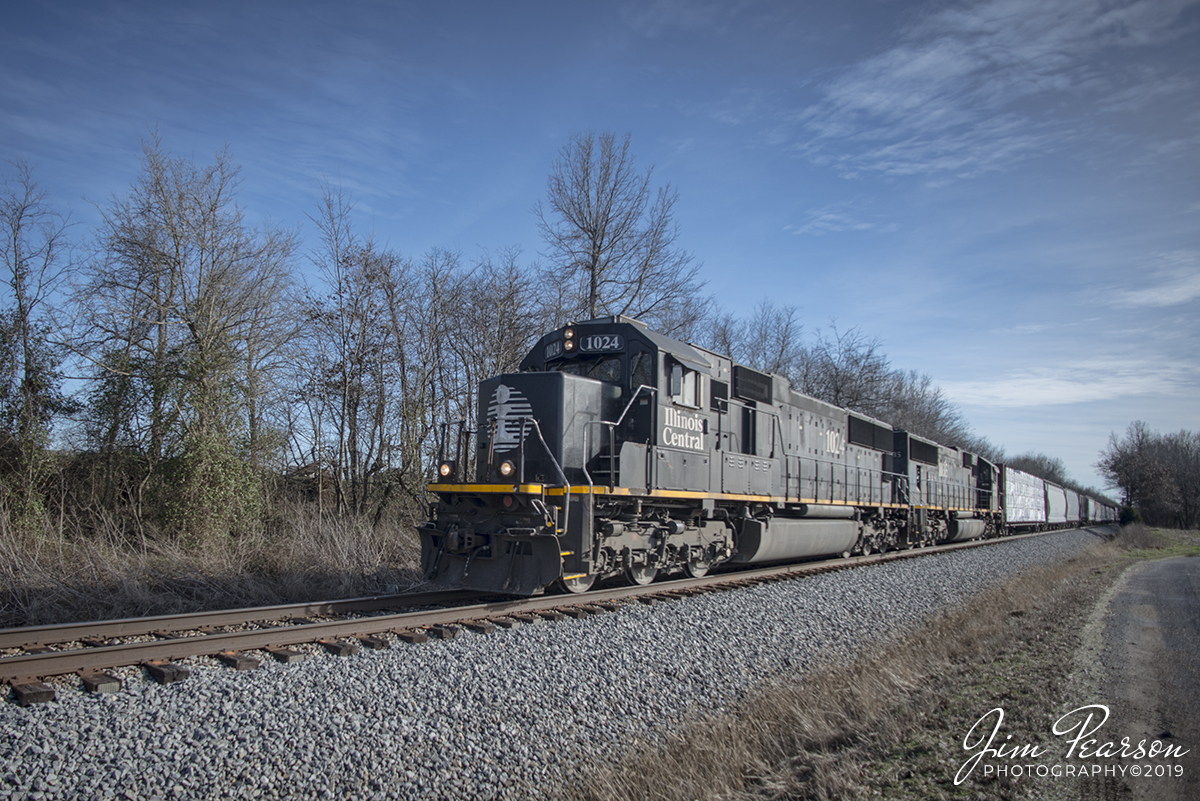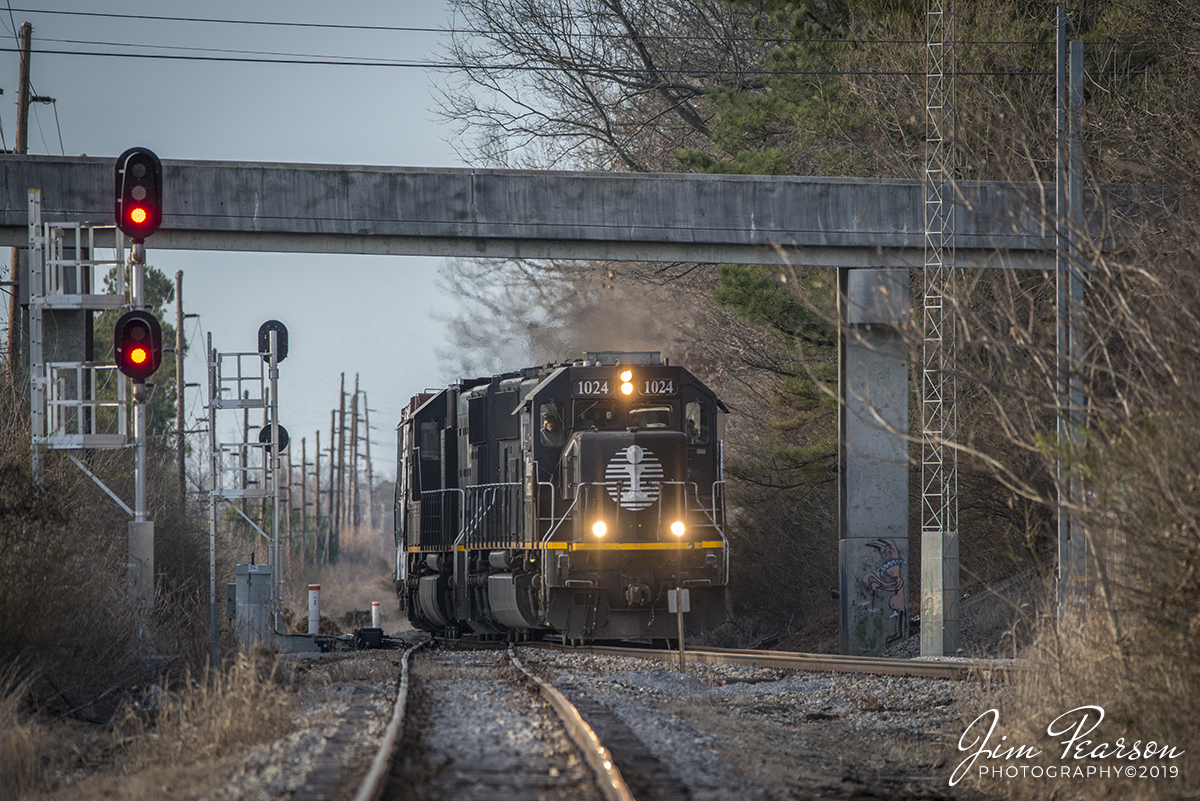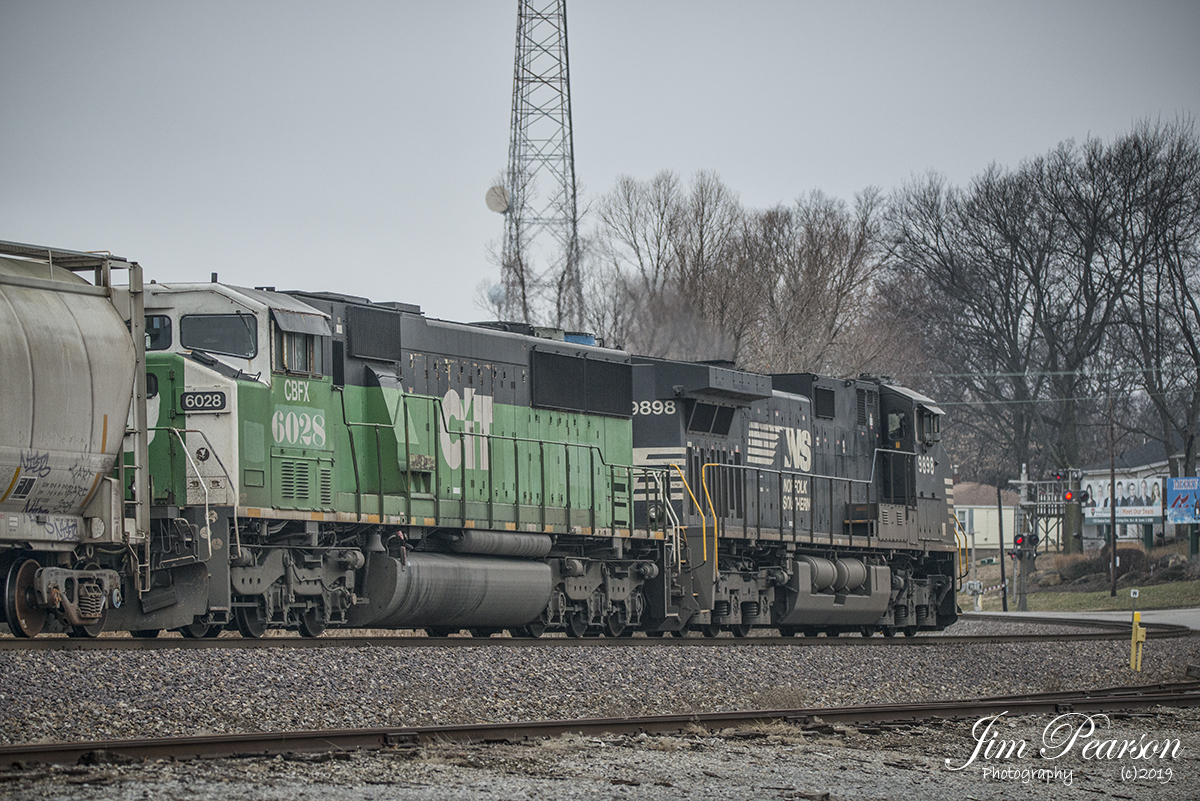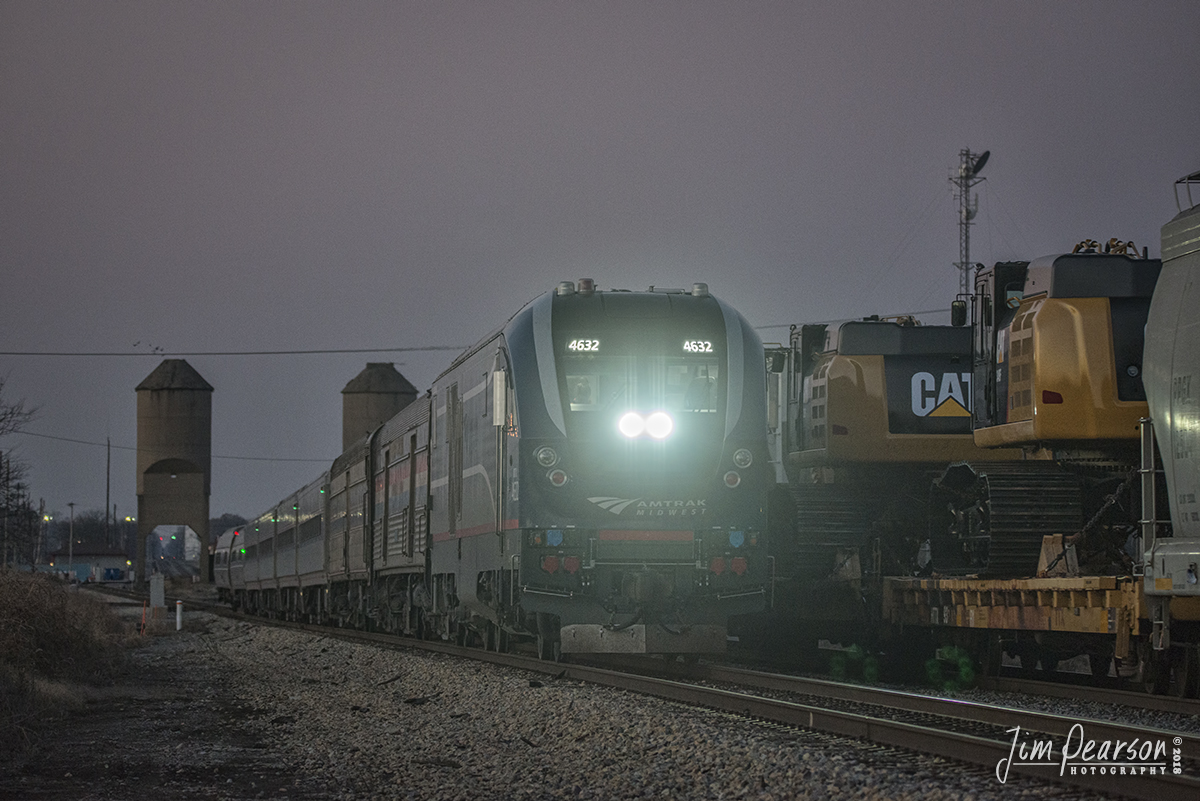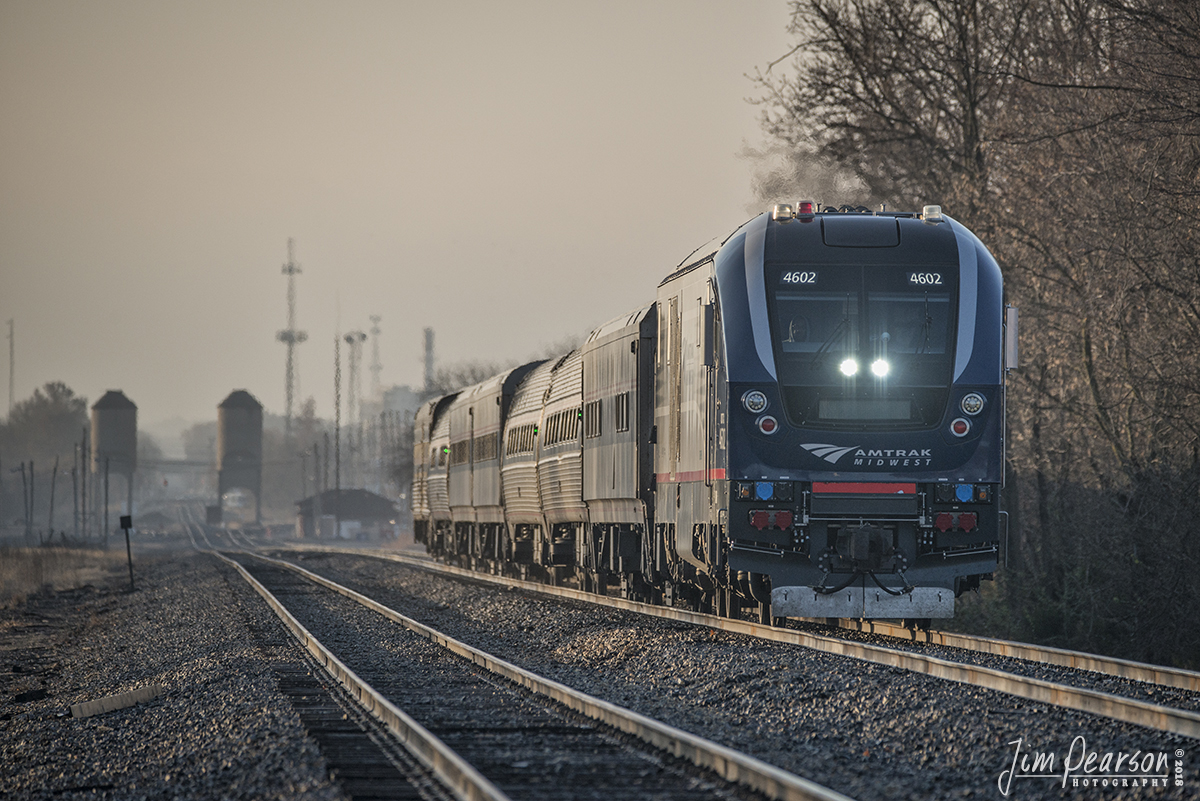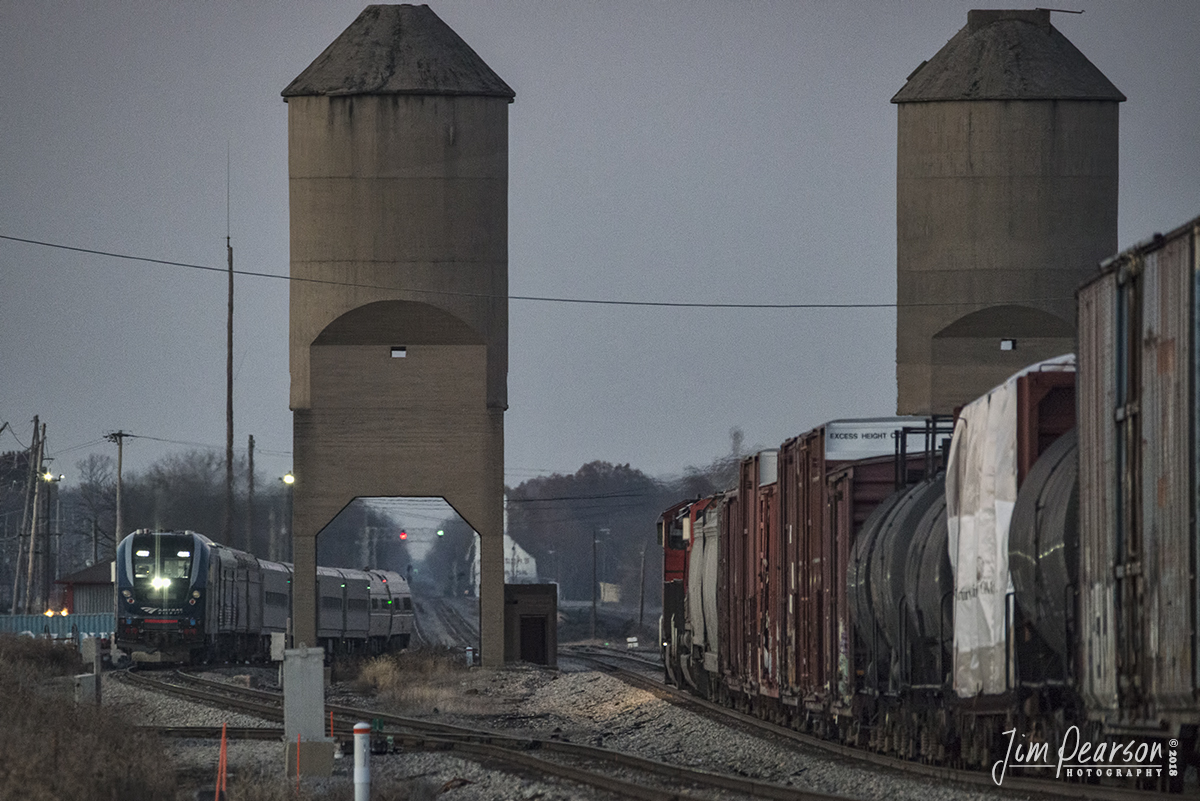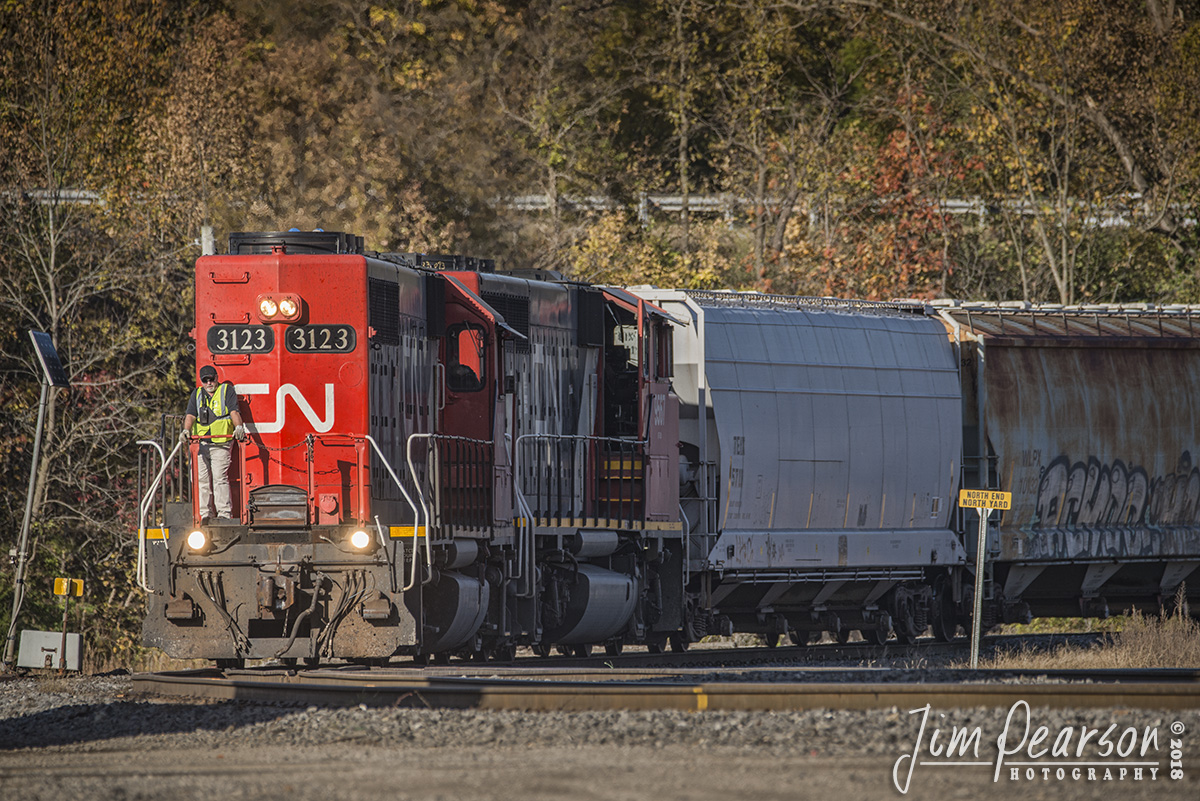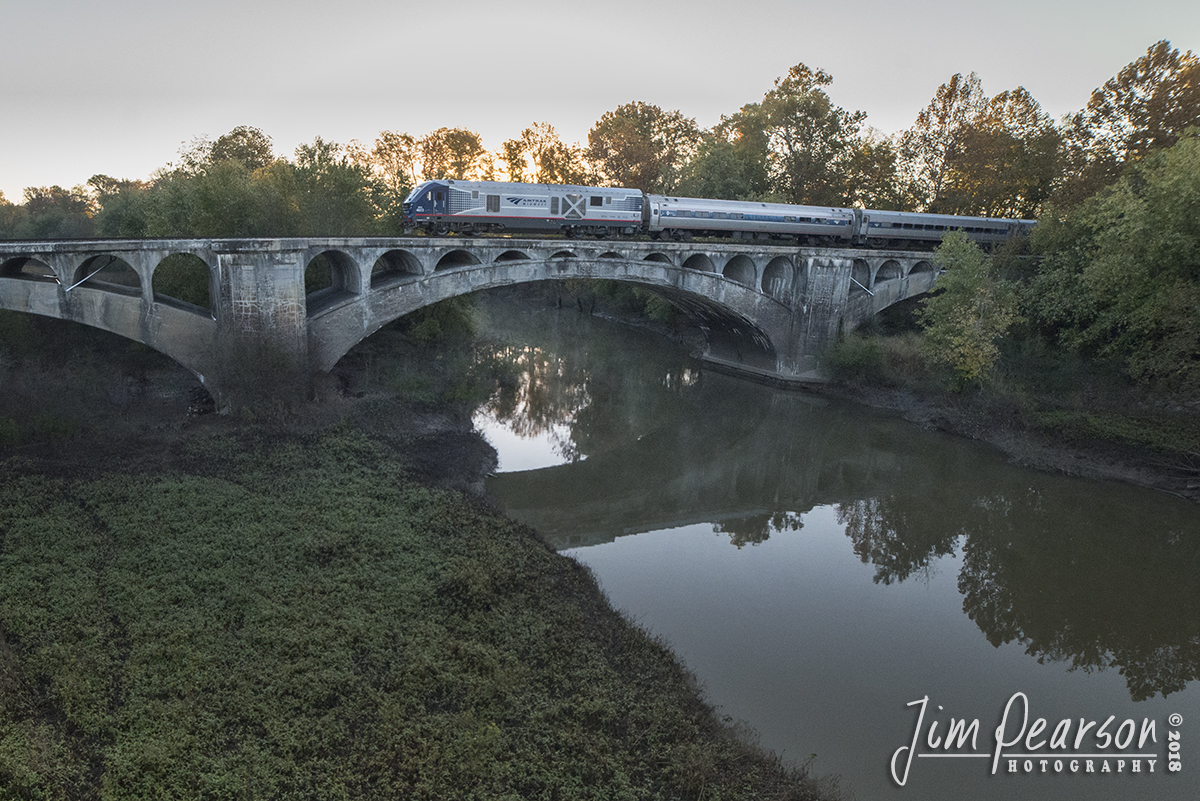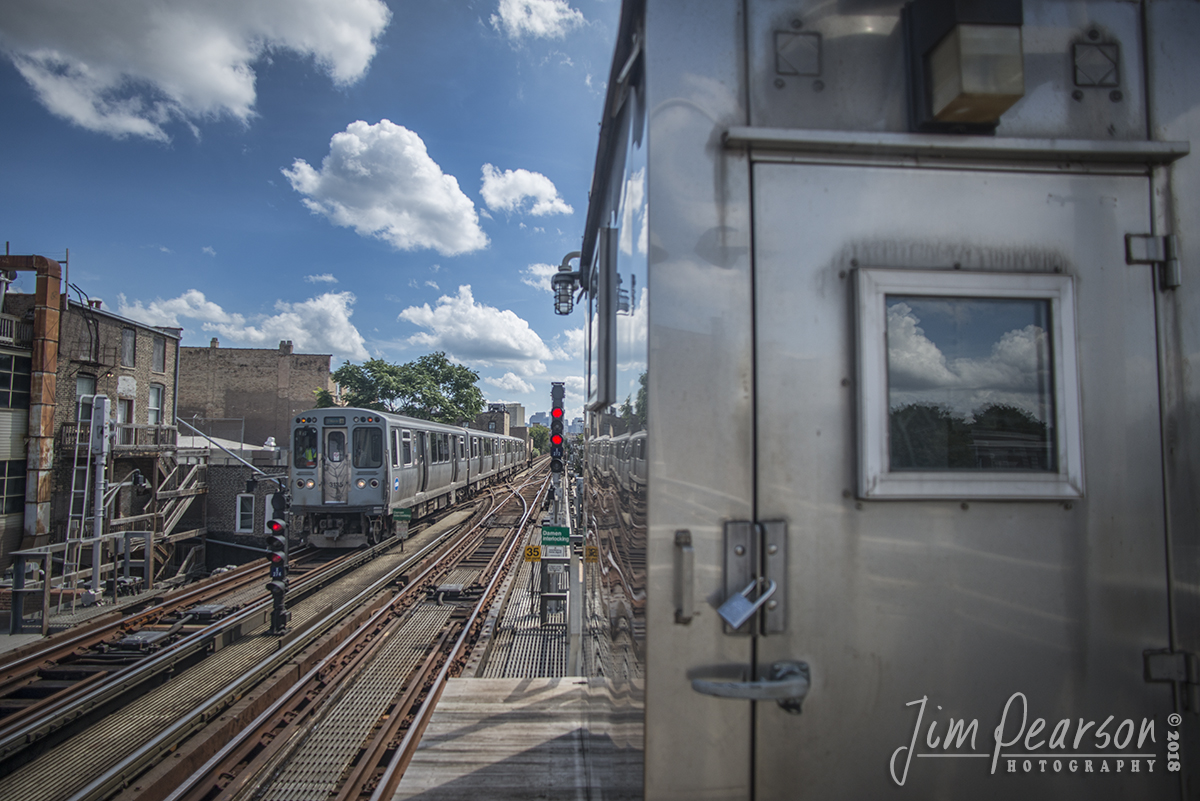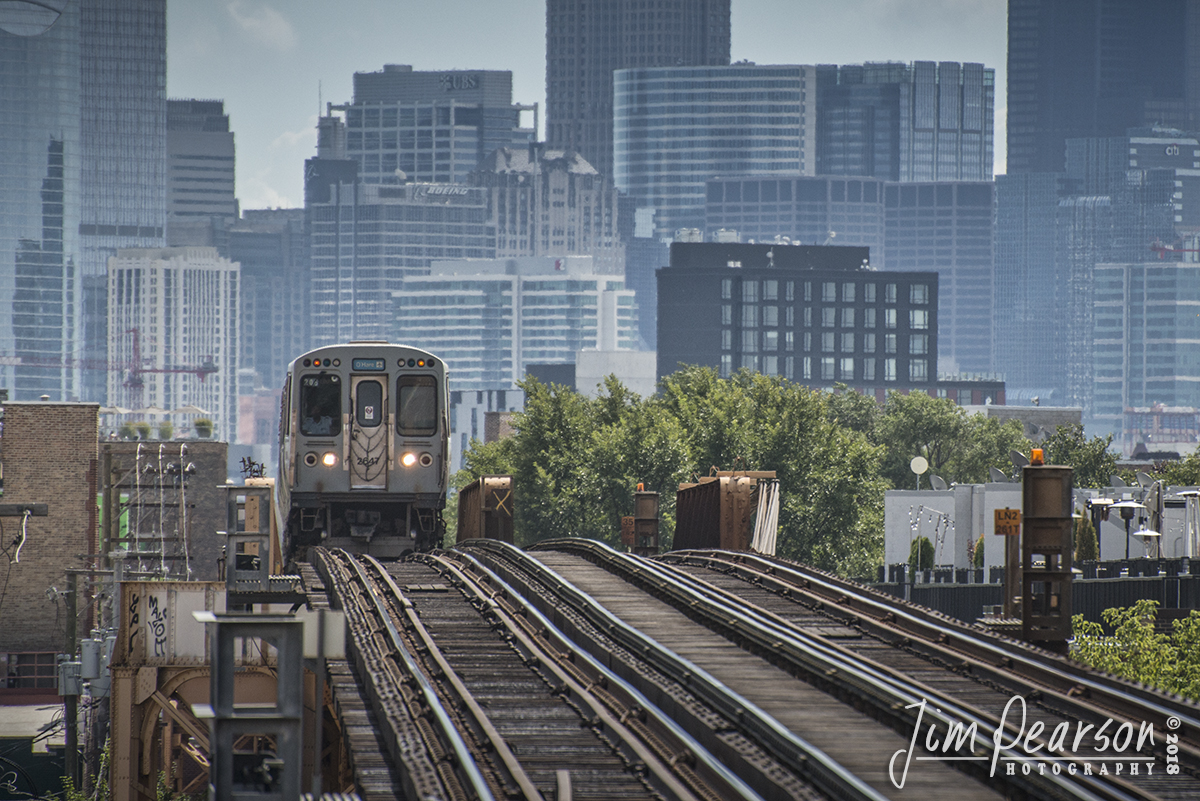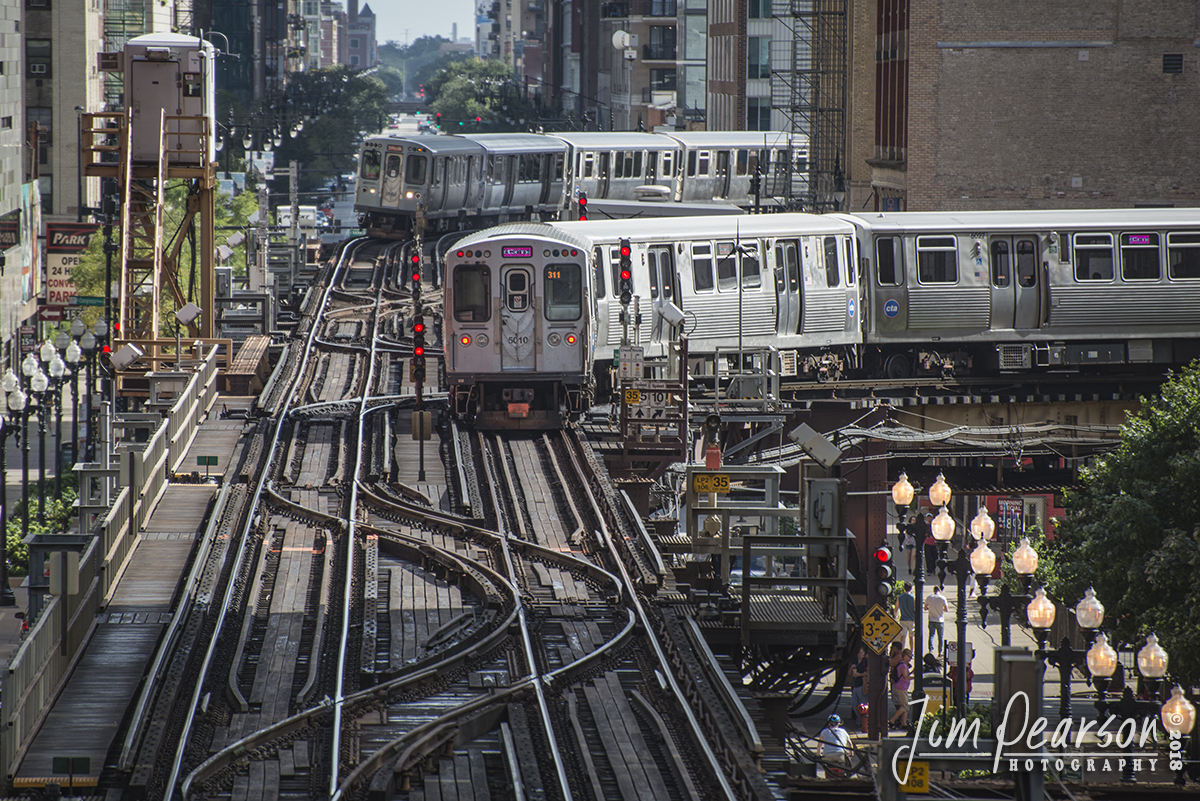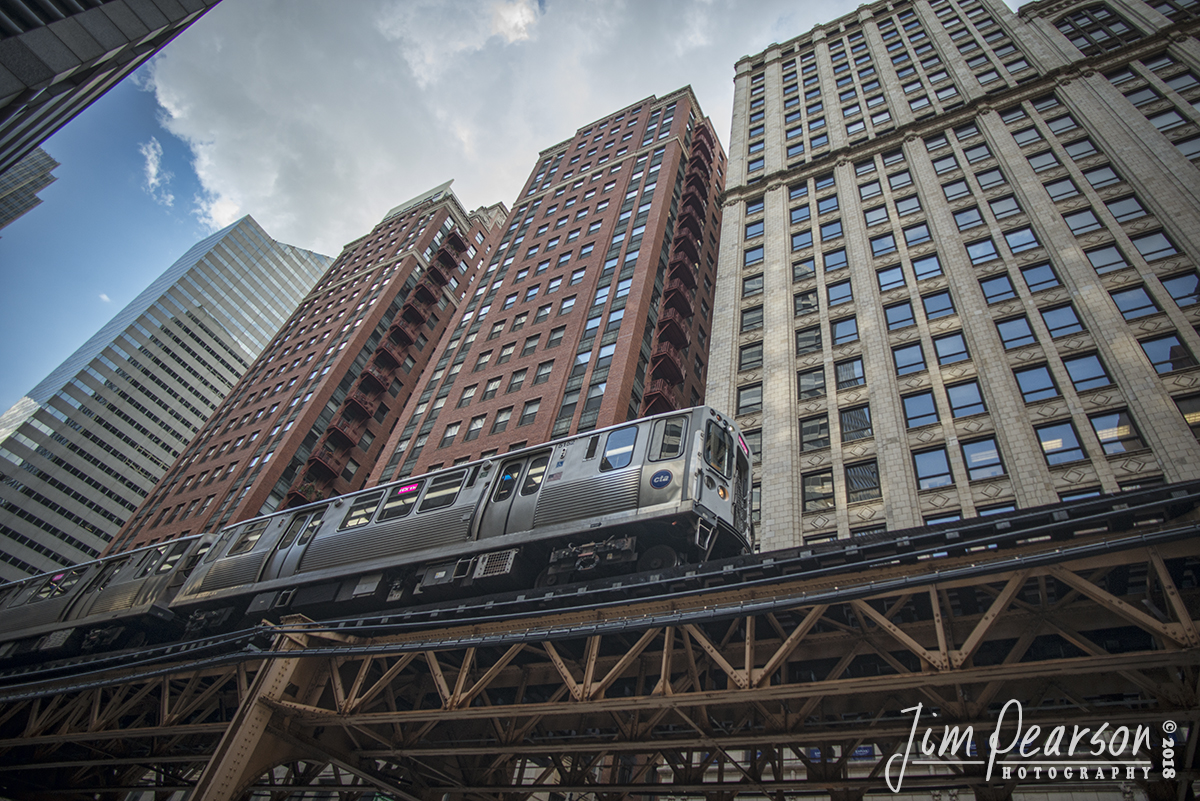February 13, 2019 – Illinois Central 1024 and 1035 lead CN local freight L51371-13 north at Fancy Farm, Ky, on CN’s Bluford Subdivision. The Illinois Central is one of many railroads over the years that has been absorbed by Canadian National Railways over the years and these two are among the few that still remain in Illinois Central Paint. – #jimstrainphotos #kentuckyrailroads #trains #nikond800 #railroad #railroads #train #railways #railway #cn #canadiannationalrailway #illinoiscentralrailway
February 13, 2019 – Illinois Central 1024 and 1035…
February 13, 2019 – Illinois Central 1024 and 1035 lead a CN local freight through the switch below highway 994 while they head to the Paducah and Louisville Railway yard at Paducah, Ky as it performs interchange work. The Illinois Central is one of many railroads over the years that has been absorbed by Canadian National Railways over the years. – #jimstrainphotos#kentuckyrailroads#trains#nikond800#railroad#railroads#train#railways#railway#cn#canadiannationalrailway#illinoiscentralrailway
January 1, 2019 – Norfolk Southern 9898 leads 375…
January 1, 2019 – Norfolk Southern 9898 leads 375 through Mt. Carmel, Illinois with CBFX 6028, One of the three former BN SD60M’s trailing, as they head west on the NS Southern-West District. – #jimstrainphotos #indianarailroads #trains #nikond800 #railroad #railroads #train #railways #railway #ns #norfolksouthern #nsrailroad
November 21, 2018 – Arriving just over 3 hours late…
November 21, 2018 – Arriving just over 3 hours late due to mechanical problems in Chicago, Amtrak 391, the Saluki, passes a northbound CN freight at the coaling towers in Carbondale, Illinois as the last light of the day fades from the sky on the Centrailia Subdivision. – #jimstrainphotos #illinoisrailroads #trains #nikond800 #railroad #railroads #train #railways #railway #amtrak #passengertrains #cn #cnrailway
November 24, 2018 – Amtrak 390, the Saluki, pulls north…
November 24, 2018 – Amtrak 390, the Saluki, pulls north in the early morning sun as it begins its run to Chicago from Carbondale, Illinois on CN’s Centralia Subdivision. – #jimstrainphotos #illinoisrailroads #trains #nikond800 #railroad #railroads #train #railways #railway #amtrak #passengertrainNovember 24, 2018 – Amtrak 390, the Saluki, pulls north in the early morning sun as it begins its run to Chicago from Carbondale, Illinois on CN’s Centralia Subdivision. – #jimstrainphotos #illinoisrailroads #trains #nikond800 #railroad #railroads #train #railways #railway #amtrak #passengertrains #cnrailways #cnrailway
November 21, 2018 – Arriving just over 3 hours late due to…
November 21, 2018 – Arriving just over 3 hours late due to mechanical problems in Chicago, Amtrak 391, the Saluki, meets a northbound CN freight at the coaling towers in Carbondale, Illinois as the last light of the day fades from the sky on the Centrailia Subdivision. #jimstrainphotos #illinoisrailroads #trains #nikond800 #railroad #railroads #train #railways #railway #amtrak #passengertrains #cn#cnrailway
October 29, 2018 – After throwing the switch…
October 29, 2018 – After throwing the switch at the North End of the Paducah and Louisville Railway yard, the conductor on the CN local from Fulton, Ky keeps a watchful eye as they enter the yard at Paducah, Kentucky yard with their train. – #jimstrainphotos #kentuckyrailroads #trains #nikond800 #railroad #railroads #train #railways #railway #cnrailway #canadiannationalrailway
October 29, 2018 – Amtrak 390, the Illini, crosses over the Muddy River bridge…
October 29, 2018 – Amtrak 390, the Illini, crosses over the Muddy River bridge as it starts it’s early morning journey north to Chicago from Carbondale, Illinois on CN’s Centralia Subdivision. – #jimstrainphotos #illinoisrailroads #trains #nikond800 #railroad #railroads #train #railways #railway #cn #amtrak #passengertrain
October 17, 2018 – Dust flies as Canadian National 2985…
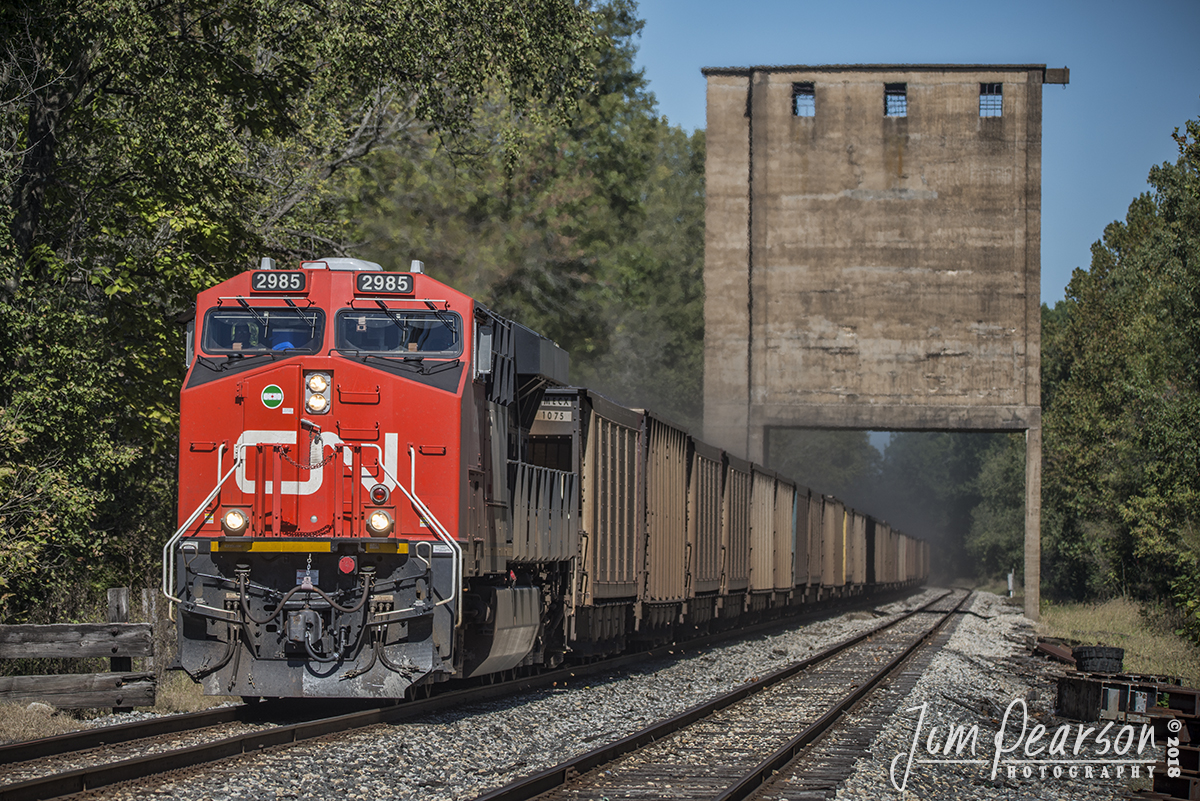
October 17, 2018 – Dust flies as Canadian National 2985 leads a loaded coal train under the old Illinois Central Coaling tower at Reevesville, Illinois on its way south on CN’s Bluford Subdivision, the Edgewood Cutoff.
According to Wikipedia: A coaling tower, coal stage or coaling station was a facility used to load coal as fuel into railway steam locomotives. Coaling towers were often sited at motive power depots or locomotive maintenance shops.
Coaling towers were constructed of wood, steel-reinforced concrete, or steel. In almost all cases coaling stations used a gravity fed method, with one or more large storage bunkers for the coal elevated on columns above the railway tracks, from which the coal could be released to slide down a chute into the waiting locomotive’s coal storage area. The method of lifting the bulk coal into the storage bin varied. The coal usually was dropped from a hopper car into a pit below tracks adjacent to the tower. From the pit a conveyor-type system used a chain of motor-driven buckets to raise the coal to the top of the tower where it would be dumped into the storage bin; a skip-hoist system lifted a single large bin for the same purpose. Some facilities lifted entire railway coal trucks or wagons. Sanding pipes were often mounted on coaling towers to allow simultaneous replenishment of a locomotive’s sand box.
As railroads transitioned from the use of steam locomotives to the use of diesel locomotives in the 1950s the need for coaling towers ended. Many reinforced concrete towers remain in place if they do not interfere with operations due to the high cost of demolition incurred with these massive structures. – #jimstrainphotos #illinoisrailroads #trains #nikond800 #railroad #railroads #train #railways #railway #cnrailway
September 2, 2018 – Chicago Transit Authority MOW workers…
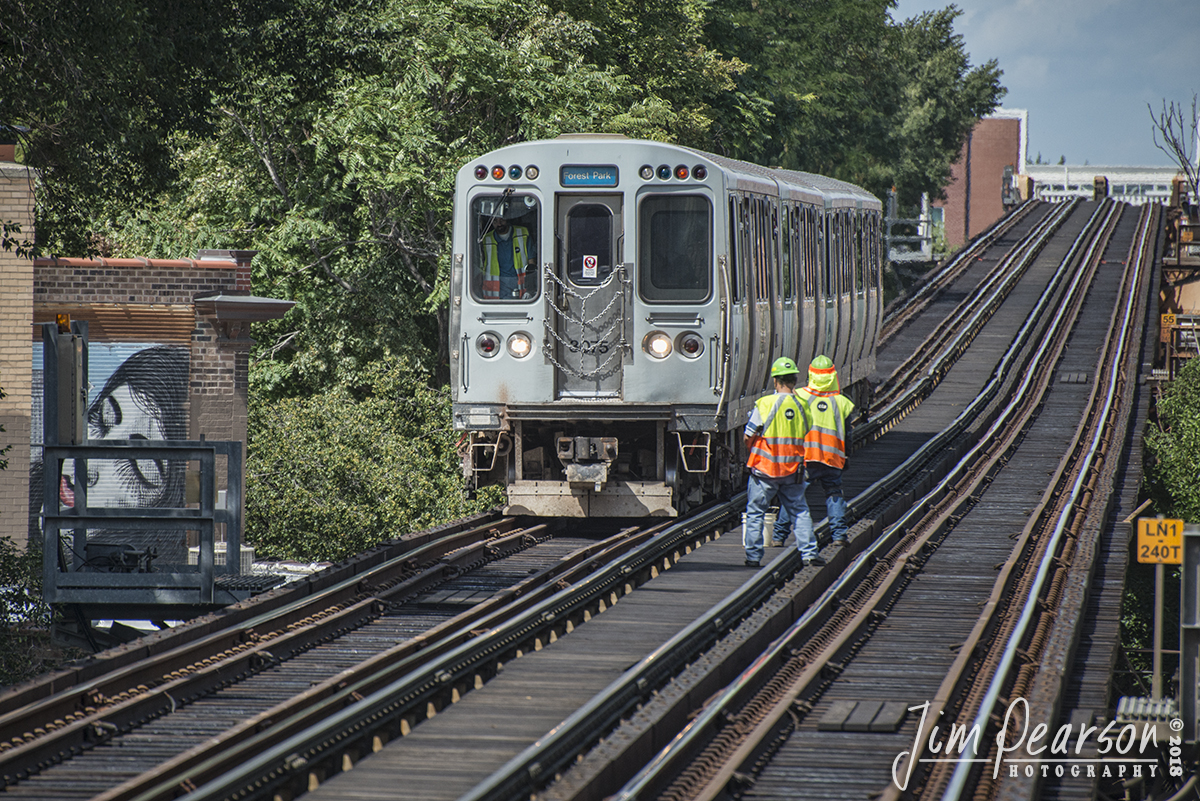
September 2, 2018 – Chicago Transit Authority MOW workers and the engineer on a Blue Line train to Forest Park keep a close eye on each other as the train makes its way past them just outside the Damen Street Station in Chicago, Illinois. – #jimstrainphotos #illinoisrailroads #trains #nikond800 #railroad #railroads #train #railways #railway #cta #thechicagol #chicago
September 2, 2018 – A CTA Blue line train arrives at the Damen Street Station…
September 1, 2018 – St. Louis-San Francisco Railroad steam locomotive 1630 approaches the Seeman Road Crossing…
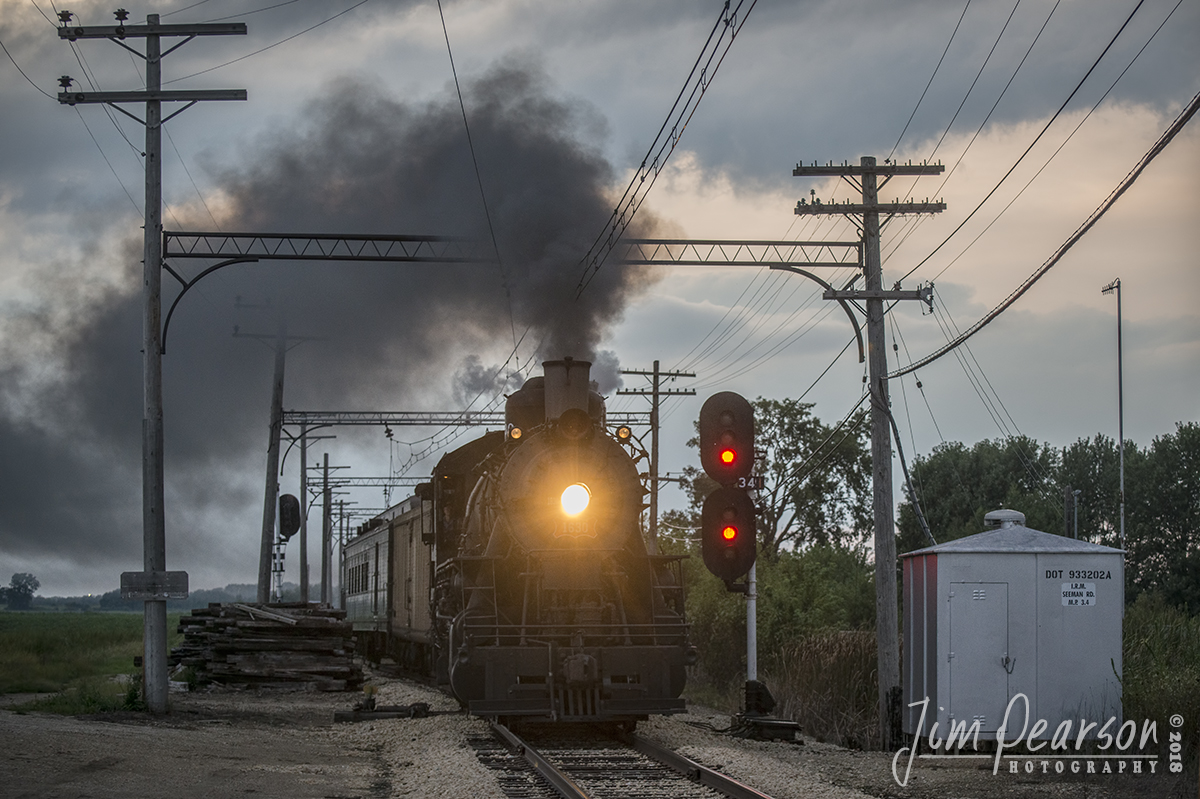
September 1, 2018 – St. Louis-San Francisco Railroad steam locomotive 1630 approaches the Seeman Road Crossing, outside the Illinois Railway Museum in Union, Illinois as the last light of day begins to fade from the sky. – #jimstrainphotos #illinoisrailroads #steamtrains #nikond800 #railroad #railroads #train #railways #railway #illinoisrailwaymuseum #steamtrain
September 2, 2018 – A Chicago Transit Authority Blue Line train…
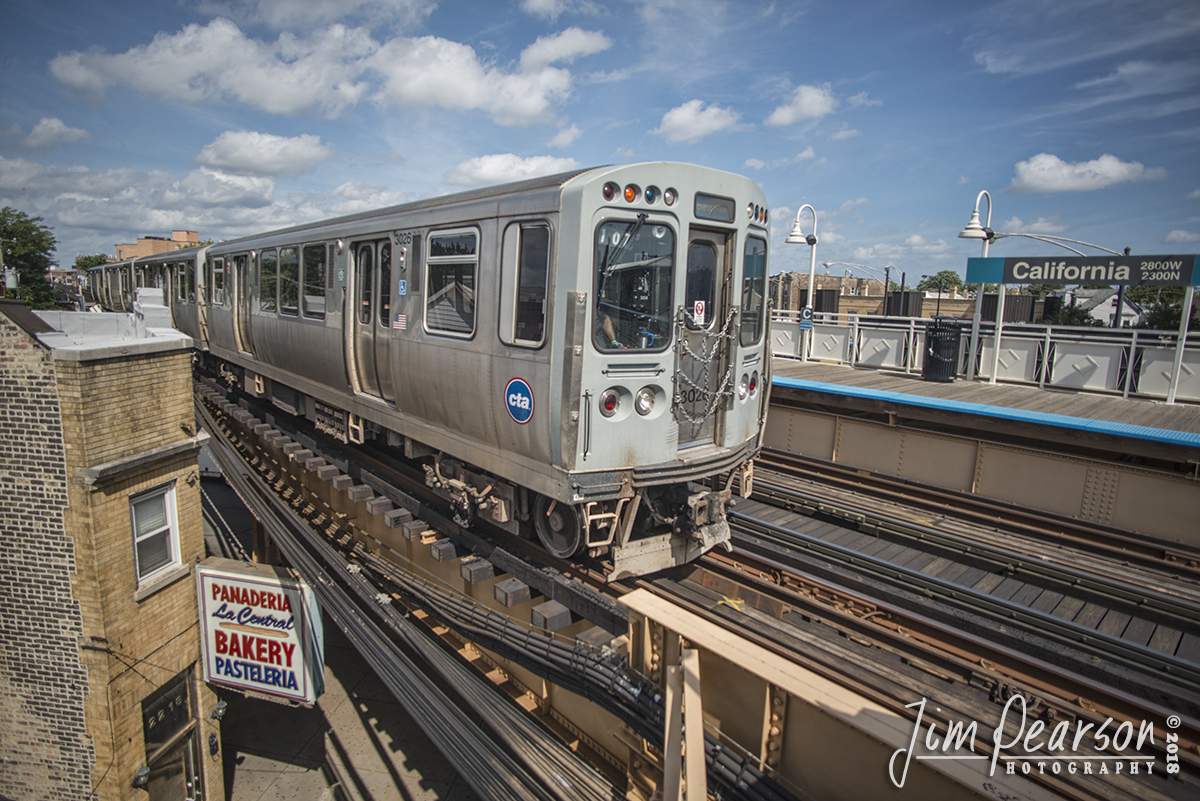
September 2, 2018 – A Chicago Transit Authority Blue Line train to Forrest Park arrives at the California Street station as it makes it’s way toward downtown Chicago, Illinois. #jimstrainphotos #illinoisrailroads #trains #nikond800 #railroad #railroads #train #railways #railway #cta #commutertrains
September 2, 2018 – A Chicago Transit Authority Rapid transit “L” train…
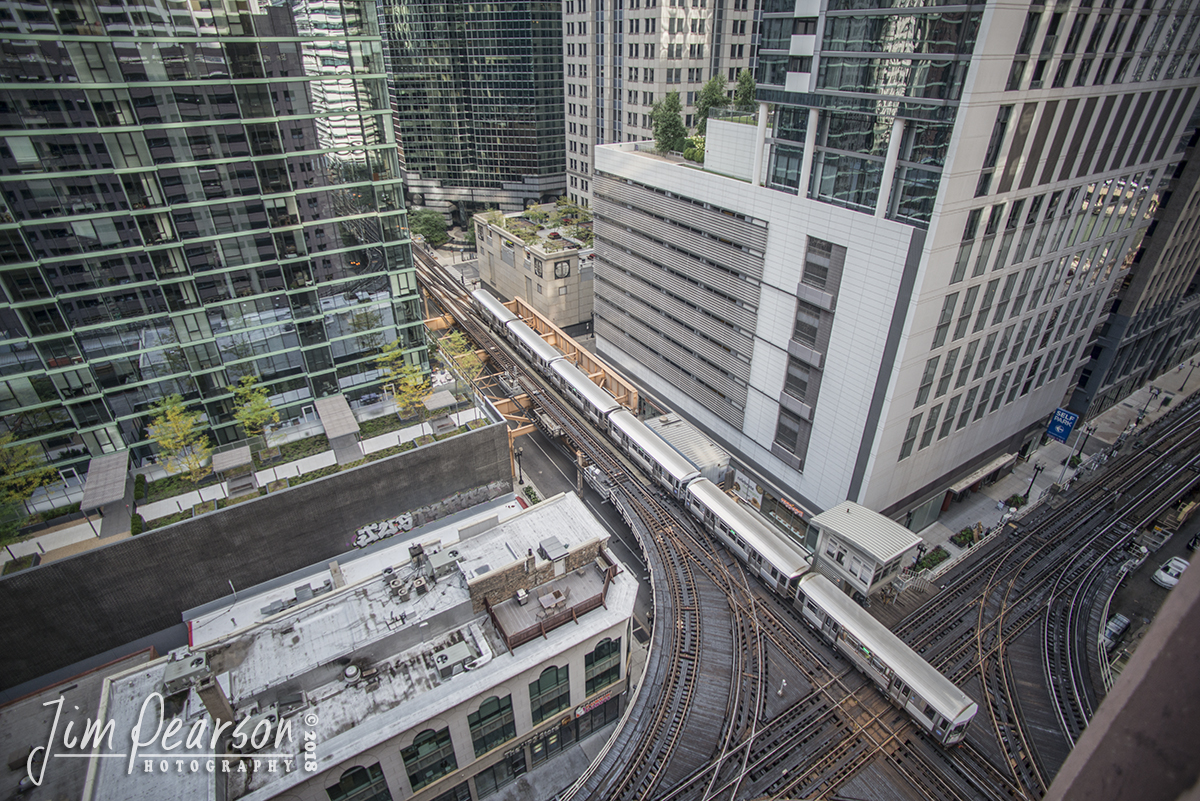
September 2, 2018 – A Chicago Transit Authority Rapid transit “L” train passes through the tower 18 interlocking in downtown Chicago, Illinois. For decades, the Tower 18 junction at Lake & Wells has been billed as one of the busiest railroad junctions in the world. – #jimstrainphotos #illinoisrailroads #trains #nikond800 #railroad #railroads #train #railways #railway #cta #commutertrains
September 1, 2018 – All’s quiet around Engine Barn #9 at the Illinois Railway Museum…
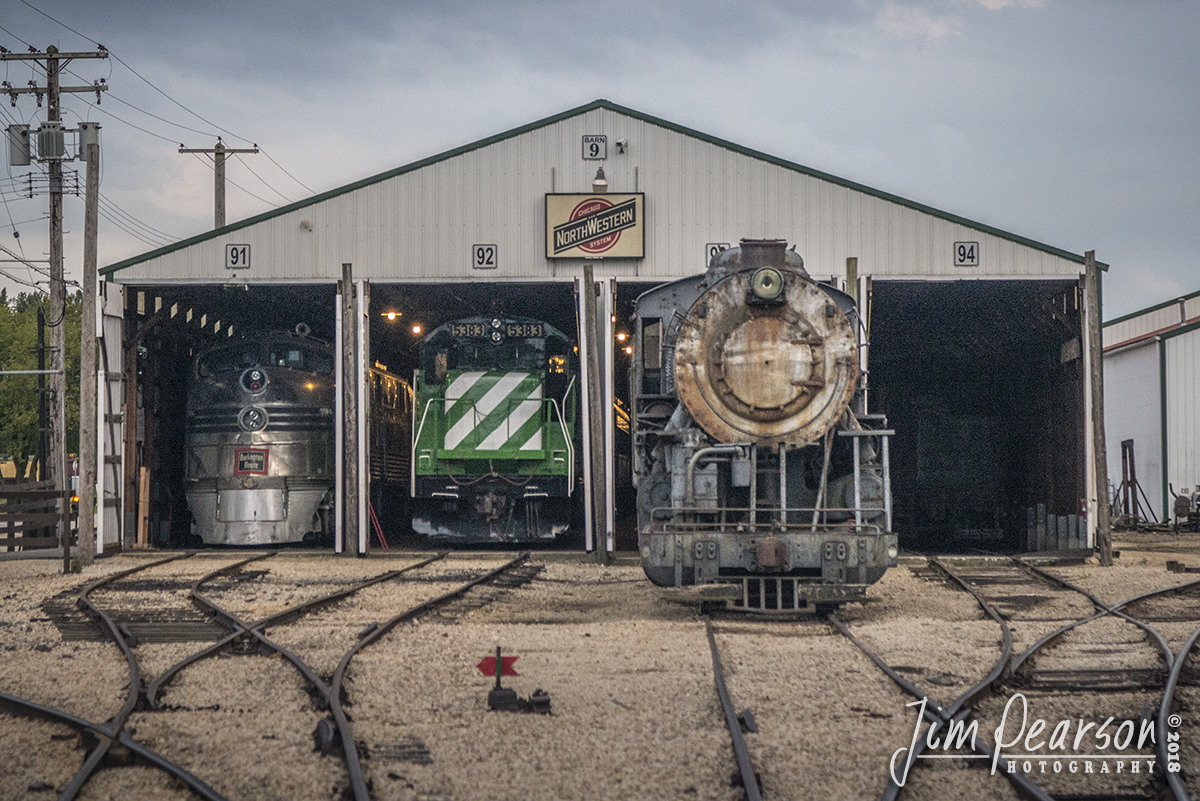
September 1, 2018 – All’s quiet around Engine Barn #9 at the Illinois Railway Museum in Union, Illinois, as The Nebraska Zephyr, Burlington Northern 5883 and near as I can tell as there’s no markings on it, Rock Island 938 sit, waiting for visitors to make their way by on the evening event Labor Day weekend. #jimstrainphotos #illinoisrailroads #steamtrains #nikond800 #railroad #railroads #train #railways #railway #illinoisrailwaymuseum #steamtrain
September 2, 2018 – A CTA Blue Line train tops a hill as it approaches the Western Station…
September 2, 2018 – A CTA pink line train takes a right at Tower 12 …
September 2, 2018 – A Chicago Transit Authority Pink line train…
September 2, 2018 – A CTA train picks up and drops off passengers…
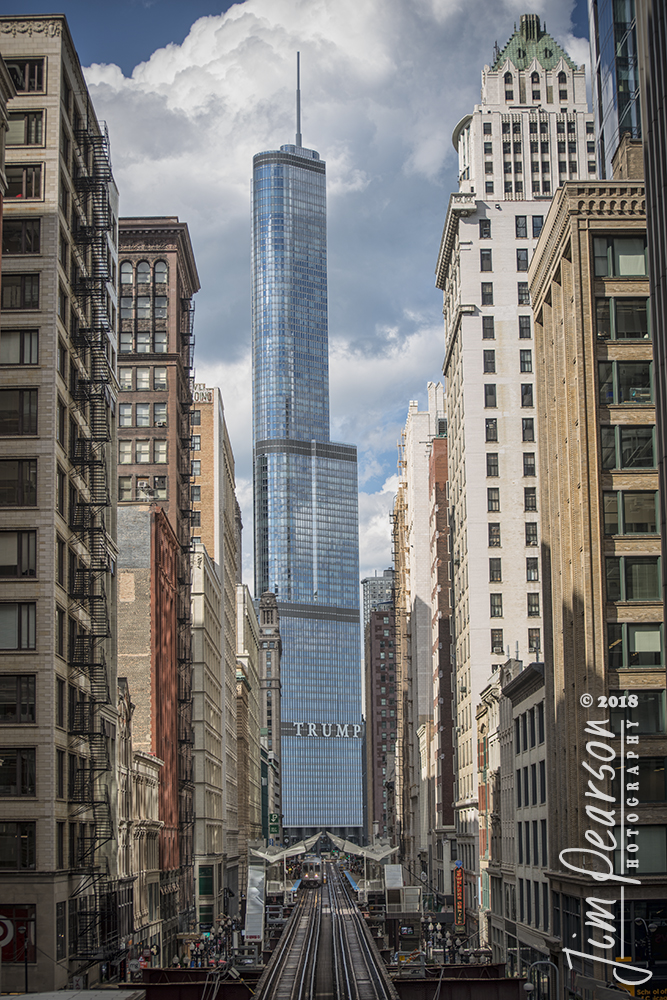
September 2, 2018 – A CTA train picks up and drops off passengers at the Washington/Walbash Street Station, as it makes its way through the canyons of downtown Chicago, Illinois, with Trump Tower at the end of the street. – #jimstrainphotos #illinoisrailroads #trains #nikond800 #railroad #railroads #train #railways #railway #cta #thechicagol #chicago
September 1, 2018 – St. Louis-San Francisco Railroad steam locomotive 1630 sits in the station…
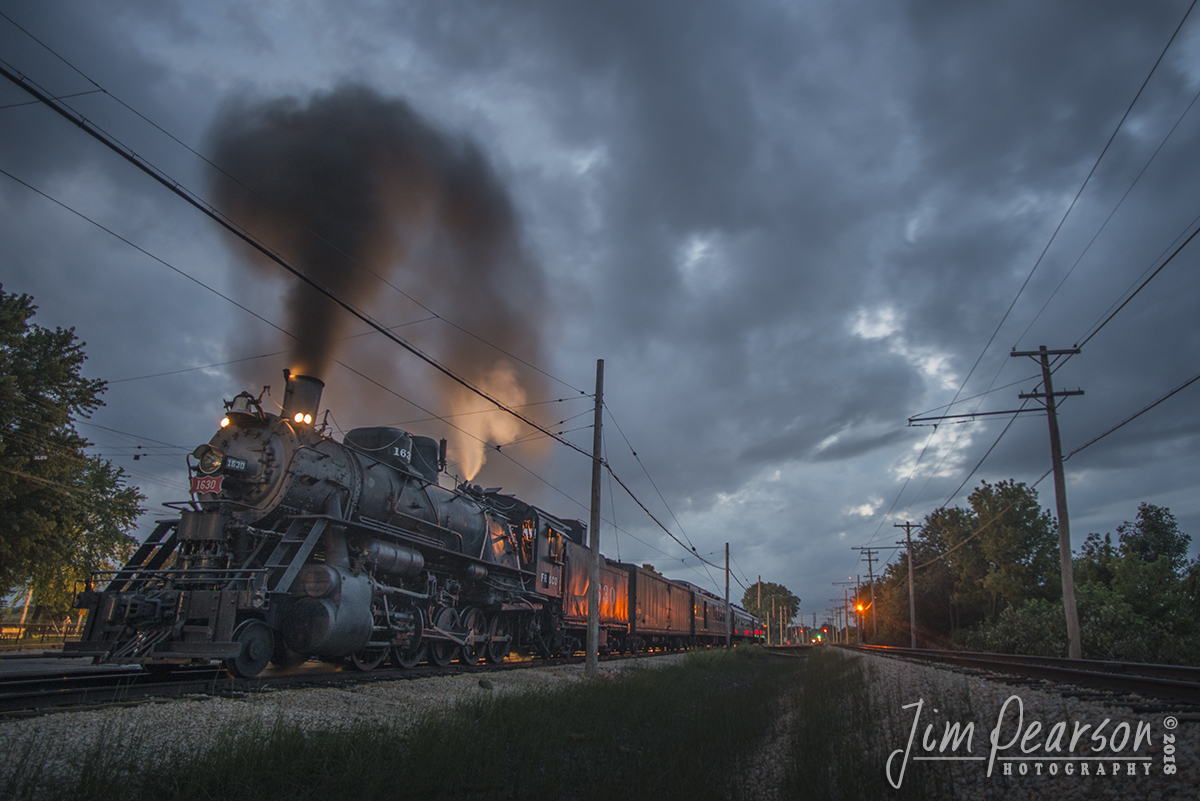
September 1, 2018 – St. Louis-San Francisco Railroad steam locomotive 1630 sits in the station at the Illinois Railway Museum in Union, Illinois, waiting for it’s 8pm run, as the last light of day begins to fade from the sky.
According to Wikipedia, the locomotive was built in 1918 by the Baldwin Locomotive Works for use in Russia as a class Ye locomotive. However, it, along with approximately 200 other locomotives, remained in the United States, due to the inability of the Bolshevik government to pay for them, following the Russian Revolution.
1630 was converted from 5 ft (1,524 mm) Russian track gauge to 4 ft 8 1/2 in (1,435 mm) standard gauge. After being re-gauged, #1630 was sold to the USRA and was numbered 1147. Shortly after, 1147 was briefly leased for use on the Pennsylvania Railroad.
In 1920, the locomotive was sold to the St. Louis – San Francisco Railway, where it was used as a mixed traffic engine. In 1951, the locomotive was sold to Eagle-Picher, who used it to haul lead ore from a mine to their smelter.
In 1967, the locomotive was donated to the Illinois Railway Museum, in Union, Illinois, where they began restoring it in 1972, it returned to operating condition in 1974 and made its first revenue run. Sometime after arriving at the museum, 1630 was restored from her Eagle Picher appearance back to her Frisco appearance. 1630 was taken out of service in 2004, and after more than six years undergoing repairs and a federally mandated rebuild, it was returned to operational condition on October 30, 2013.
On Memorial Day weekend 2014, the locomotive returned to excursion service. In 2016, the locomotive received a cylinder overhaul, which according to Steam department curator, Nigel Bennett, made the locomotive, “probably more powerful than she has been since her [sic] first arrival at IRM in the 1970s.” The locomotive, during Memorial Day weekend 2016, pulled 137 empty coal cars in storage at the museum as what was considered to be one of the longest revenue freight trains powered by a steam locomotive in at least 25 years as said by IRM’s Steam department curator. – #jimstrainphotos #illinoisrailroads #steamtrains #nikond800 #railroad #railroads #train #railways #railway #illinoisrailwaymuseum #steamtrain
September 2, 2018 – Boats make their way up and down the Chicago River as a CTA “L” Commuter train…
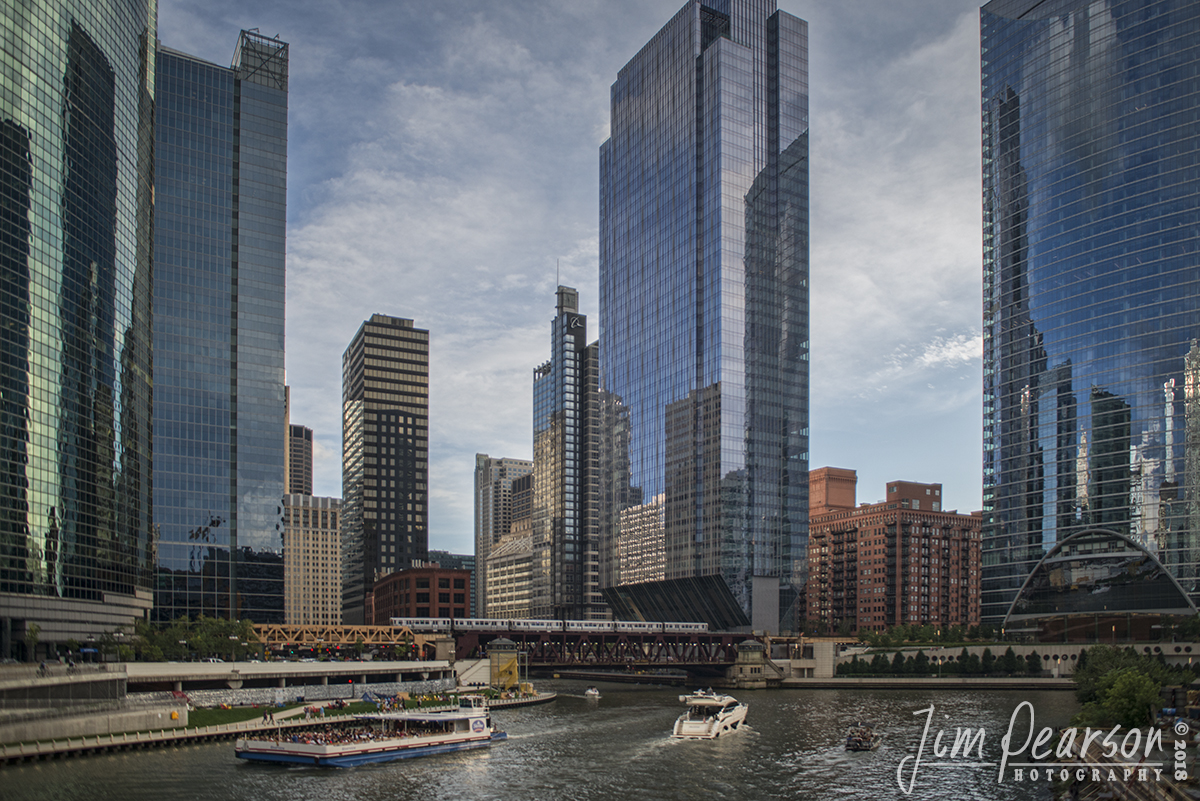
September 2, 2018 – Boats make their way up and down the Chicago River as a CTA “L” Commuter train makes it’s way through the canyons of tall buildings as it crosses the river on the Lake Street Bridge in downtown Chicago, Illinois. – #jimstrainphotos #illinoisrailroads #trains #nikond800 #railroad #railroads #train #railways #railway #cta #thechicagol #chicago

